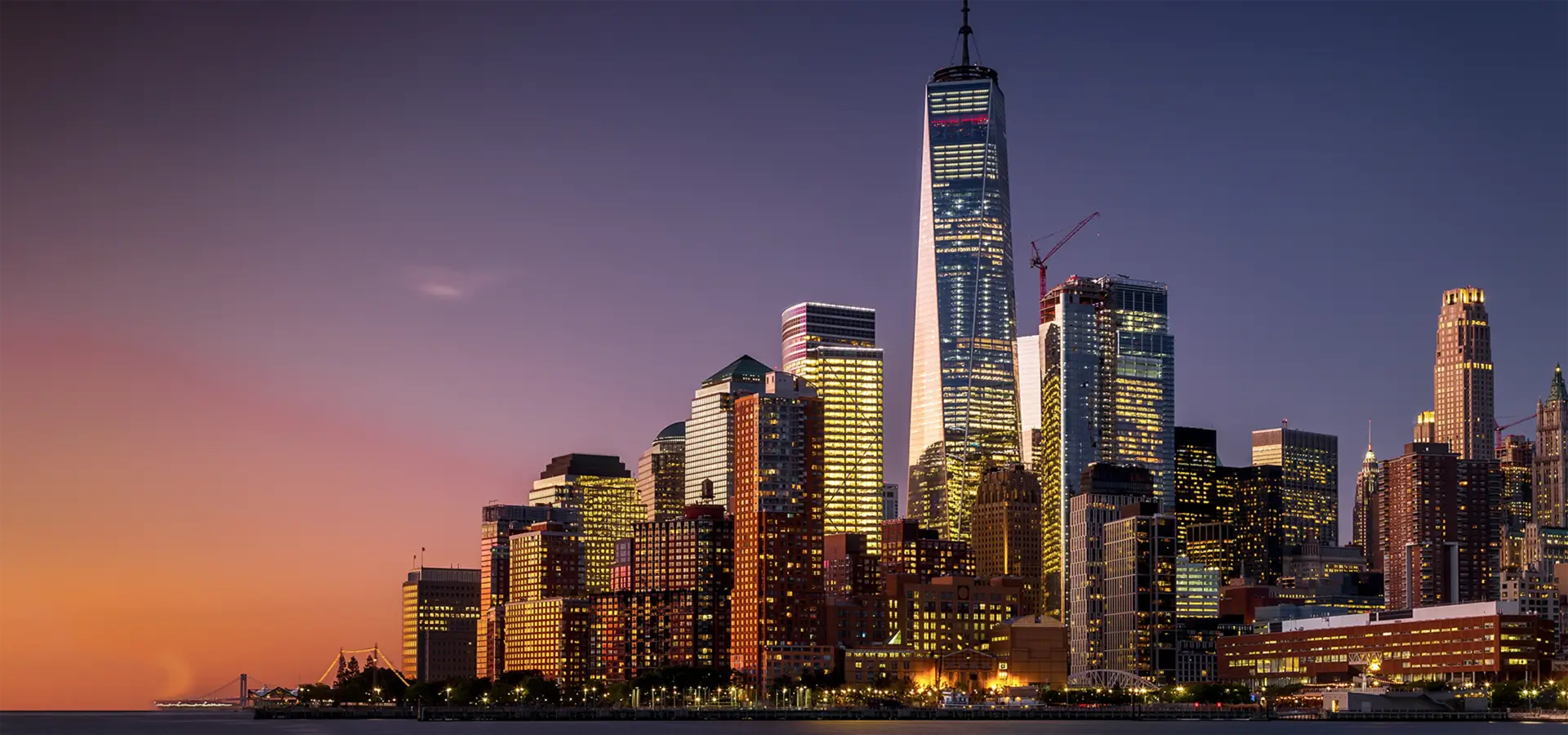

The Evolution and Impact of Float Glass in Modern Architecture
Float glass, a term synonymous with clarity and perfection in the world of glass manufacturing, has revolutionized the way we perceive and utilize glass in both residential and commercial architecture. Developed in the mid-20th century, the float glass process was a groundbreaking innovation that allowed for the production of large, flat sheets of glass with unparalleled smoothness and uniform thickness. This technology not only transformed architectural design but also found its way into various industries, including automotive, electronics, and solar panels.
The origins of float glass can be traced back to 1959 when Sir Alastair Pilkington, a British glassmaker, introduced the technique that would eventually bear his name. The process involves floating molten glass on a bed of molten tin, allowing it to spread out evenly and cool in a controlled environment. This method produces glass that is smooth on both sides and free of distortions and imperfections. The result is a material that not only meets aesthetic standards but also achieves the structural integrity necessary for modern applications.
One of the primary reasons float glass has become the preferred choice for architects is its versatility. Float glass can be manufactured to various thicknesses and sizes, making it suitable for a multitude of applications. From expansive windows that offer panoramic views to facades that reflect the environment, float glass adapts seamlessly to different design requirements. Moreover, advancements in technology have led to the development of energy-efficient glass options, such as low-emissivity (low-E) coatings that minimize heat transfer while maximizing daylight entry. These innovations contribute to the sustainability of buildings, aligning with contemporary demands for environmentally responsible construction.

The aesthetic appeal of float glass cannot be overstated. Its transparent nature allows for natural light to permeate interiors, creating bright and inviting spaces. In architectural designs, the use of large glass panels has become a hallmark of modernity. Buildings like the Louvre Pyramid in Paris and the Apple Park in Cupertino are prime examples of how float glass can enhance architectural beauty while maintaining functional efficiency. The sleek and contemporary look achieved with float glass provides a sense of openness and connection to the surroundings, blurring the lines between indoors and outdoors.
However, the advantages of float glass extend beyond aesthetics. The material is also prized for its durability and safety features. Modern float glass can be tempered or laminated, significantly enhancing its strength and resistance to shattering. This makes it an ideal choice for high-rise buildings, where safety and security are paramount. Furthermore, innovations in anti-reflective coatings reduce glare, making float glass suitable for use in environments such as offices and hospitals, where visual comfort is essential.
As the world continues to evolve technologically and environmentally, float glass will play a critical role in architectural innovation. The concept of smart glass, which can change transparency and tint in response to external conditions, is already gaining traction. This technology not only provides comfort and luxury but also contributes to energy savings, aligning with sustainable design principles.
In conclusion, float glass has become an integral component of modern architecture, shaping the way we design and interact with our built environments. With its combination of aesthetic appeal, versatility, and innovative features, float glass stands as a testament to the advancements in manufacturing technology. As architects and designers continue to explore new possibilities, the role of float glass is destined to grow, paving the way for even more breathtaking and sustainable architectural masterpieces. The future of built environments, characterized by transparency, light, and ecological responsibility, relies significantly on this remarkable material, ensuring its place in the annals of architectural history.